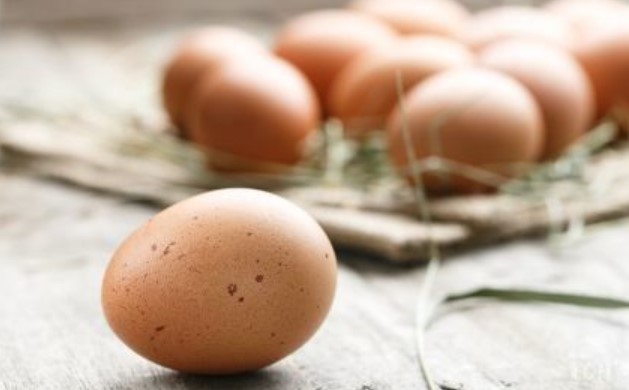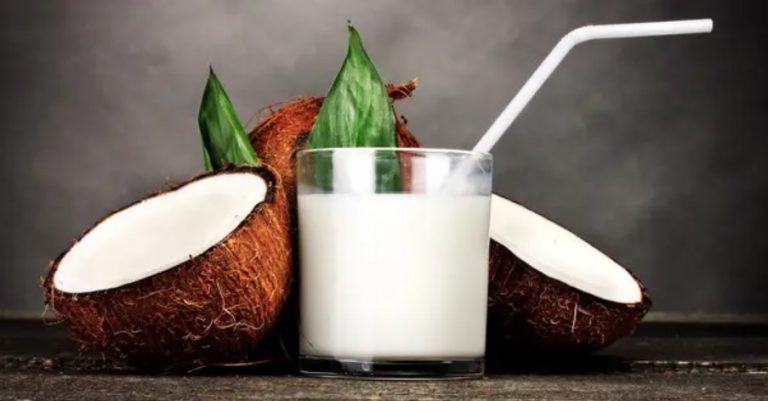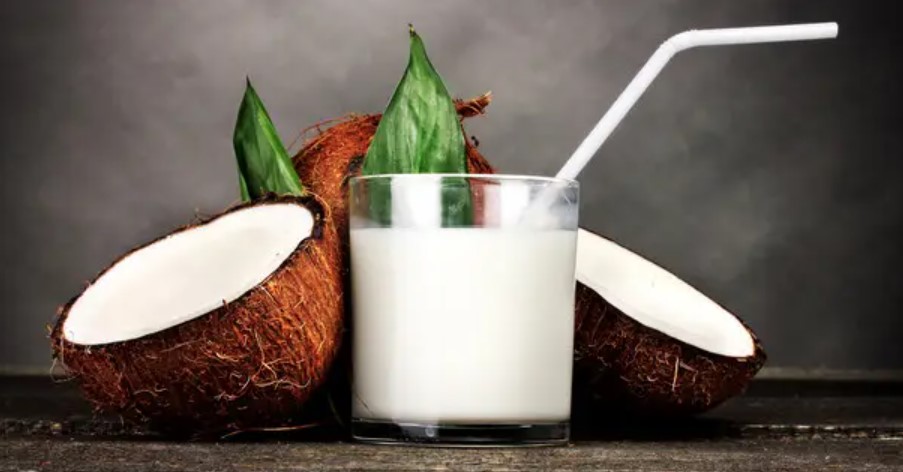Whether or not eggs can be considered healthy seems to be a controversial topic in research as well. Learn more about the nutrients, cholesterol levels and sustainability of eggs here.
On the one hand, eggs have the reputation of being healthy: they are supposed to promote our health due to their nutrient density and above all their protein content and support growth in children. In the form of scrambled eggs, omelettes or simply as a breakfast egg, they are also a traditional food for many. However, due to their high cholesterol content, eggs are often discredited. In this article we explain what this criticism is all about and to what extent it is based on scientific knowledge.
Eggs – Healthy Nutrient Bombs?

Eggs are primarily considered a low-carbohydrate source of protein. A medium-sized egg provides you with about 5.5 grams of protein at 62 kilocalories. It also contains about 4.2 grams of fat. Of that, 1.4 grams are saturated fat.
In addition, eggs are rich in healthy minerals such as calcium, iron and selenium as well as vitamins A, D and E and some B vitamins (especially vitamin B12). This makes them an important source of B12, especially for vegetarians.
But eggs are not only considered healthy: their comparatively high cholesterol content is responsible for their reputation as a health threat. An egg yolk already contains 185 milligrams of cholesterol. According to the 2015 US dietary guidelines, this is already more than half the recommended daily dose. This recommendation no longer applies, but you should continue to eat as little cholesterol as possible.
Eggs – Unhealthy due to cholesterol?
Cholesterol belongs to the group of fats. As such, it is an essential part of our body. It is part of cell walls, involved in hormone production and helps the body to produce vitamin D and cortisone. We absorb a third of all cholesterol from food. Cholesterol is not bad per se. It is important that there is a balance between the two types of cholesterol, LDL and HDL. There is only a need for action when this balance is upset.
The fact that eggs are generally unhealthy because their high cholesterol content promotes arteriosclerosis and thus cardiovascular diseases is now also considered outdated in research. No study can prove a clear connection between the consumption of eggs and an increased risk of heart disease.
According to Harvard Medical School, it’s probably more about how much total cholesterol you’re eating. Meat products in particular make up a large proportion of cholesterol sources.
According to the BBC, the connection between dietary cholesterol and cardiovascular disease must be questioned in general, as no study has been able to adequately prove it. Rather, there is evidence that the body simply produces less cholesterol itself when we consume more through food. In addition, trans fats in particular are responsible for an increased LDL cholesterol level and thus an imbalance. Trans fats are mostly found in products like margarine and fried and baked convenience foods.
How many eggs a day?
What do these studies and nutritional discussions mean specifically for our diet? First of all, as is so often the case: the dose makes the poison. Eggs are healthy if we eat them occasionally as part of a balanced diet. There is no uniform recommendation as to how many eggs are recommended per day or week. For example, according to Harvard Medical School, up to seven eggs a week are considered safe.
To protect yourself from arteriosclerosis and cardiovascular diseases, you can make sure you eat a diet rich in plants. Also, avoid processed foods and mostly cook yourself with fresh and wholesome ingredients.
You should only keep a closer eye on your egg consumption if you are already suffering from other health problems (e.g. high blood pressure) or if you have already been diagnosed with high cholesterol. In these cases, it is essential to seek medical advice for a possible change in diet.
Tips for sustainable eggs

While eggs are healthy, not all eggs are created equal. Conventional products from cage or barn systems usually come from huge fattening facilities. Laying hens are crammed together in the smallest of spaces and their basic needs are restricted. Diseases caused by bacteria, viruses and fungi are also transmitted particularly easily in this way.
A key problem in egg production is chick shredding: Many farms kill male chicks after hatching by gassing or shredding as there is no economic return from them. This is also partly the case with organic farms.
However, there are now initiatives against chick shredding (e.g. Spitz & Bube or Bruderhahn). These initiatives are committed to rearing the male chicks. Products with their logo, you can be sure that they are eggs without chick shredding.








